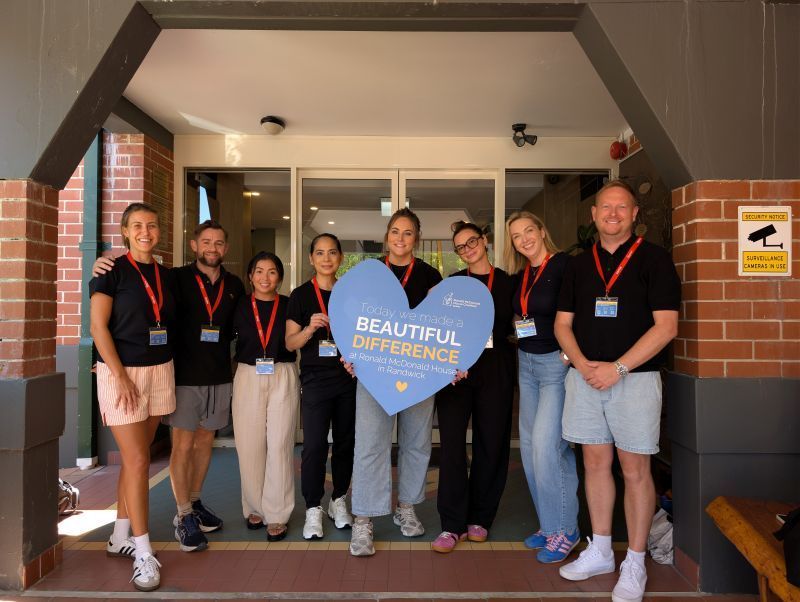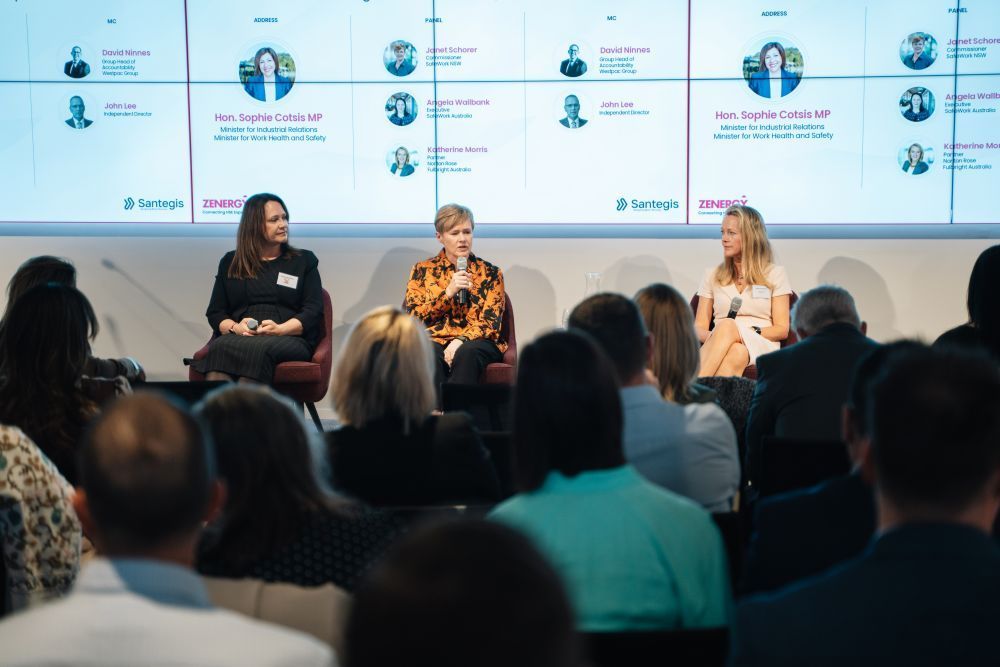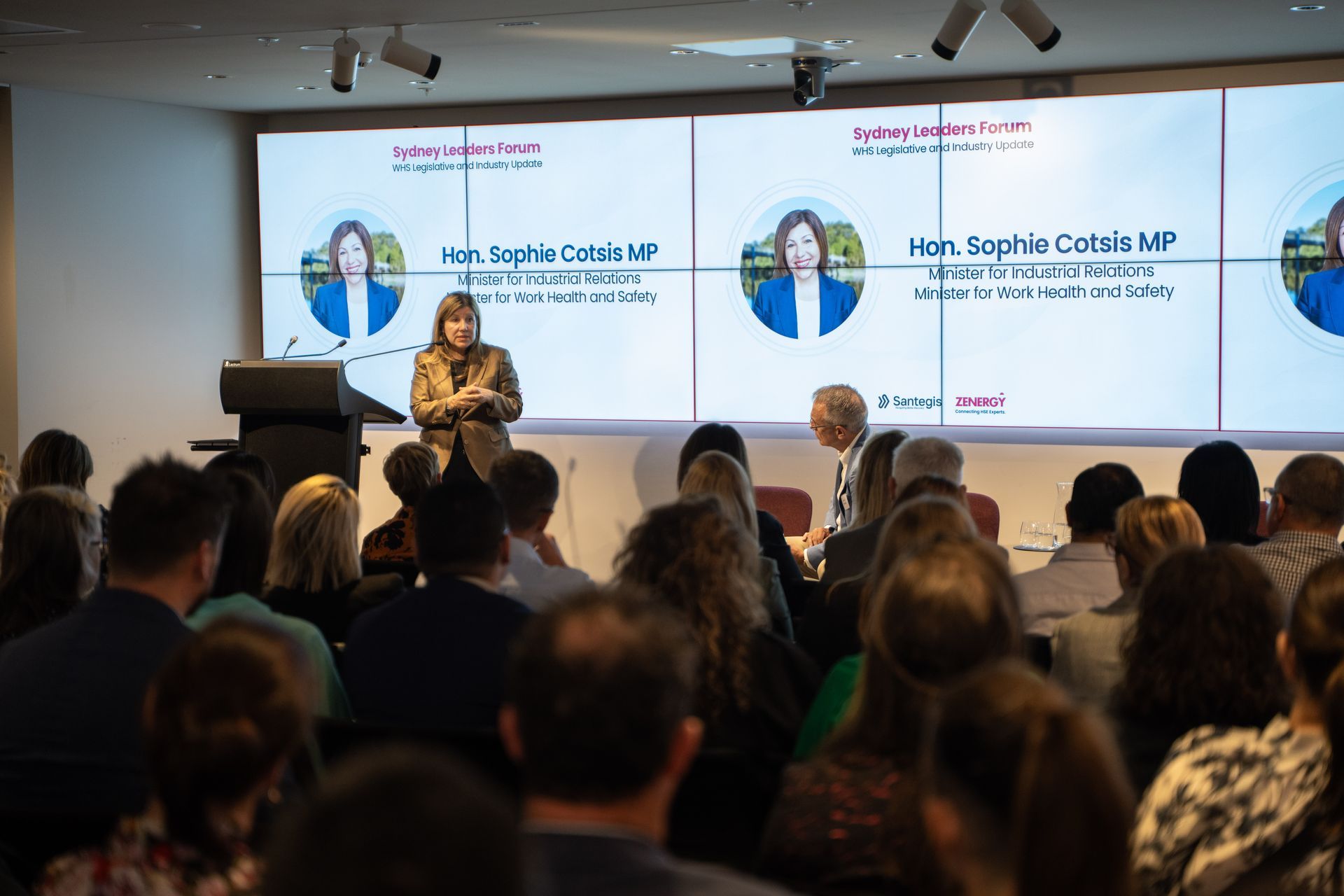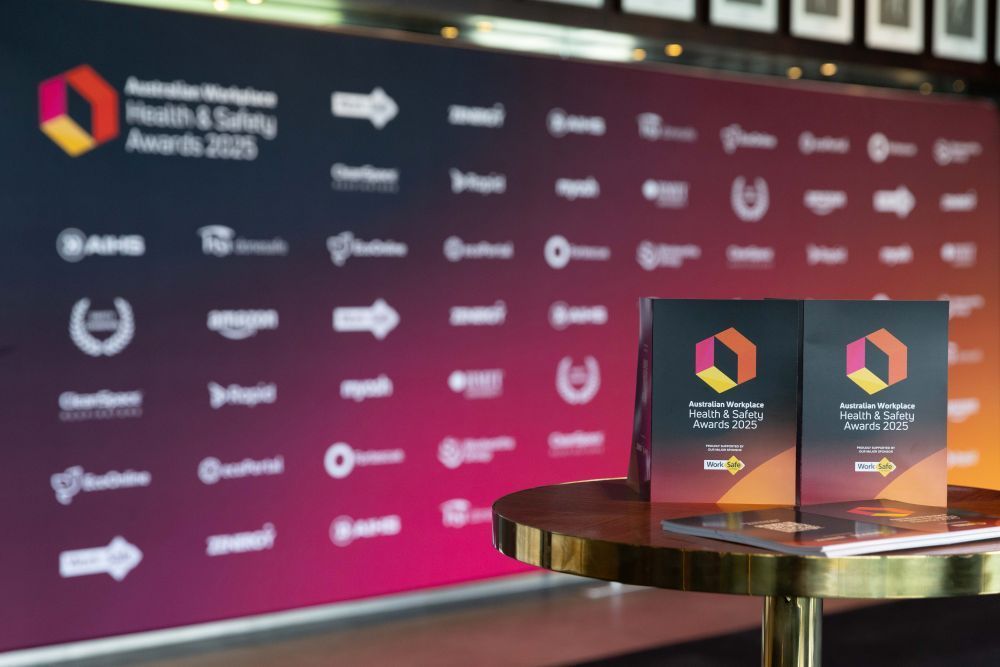How Mirvac is achieving safety through simplicity – An interview with Zenergy
Creating an engaging health and safety culture is challenging enough within an organisation. When you have a business that connects with as many as 200 contractors at a single time, any issues are multiplied considerably.
Zenergy’s strategy to identify and promote influential leaders across industry has led me to Grant Medlock from Mirvac to understand how they had addressed this challenge and what their changes mean for the wider industry.
Mirvac is a company with a large construction division across Australia, meaning it requires a health and safety program that not only encompasses its direct employees, but the many contractors and sub-contractors that work on its sites as well.
As the National HSE Manager – Construction at Mirvac, Grant Medlock was instrumental in the design and the rollout of the Mirvac Risk Assessment Cards (MRAC) program. Grant ran us through some of the challenges Mirvac faced, and the solutions it pioneered to set new safety standards in Australia’s construction industry. For Grant, it was important that the company could continue to support its employees across all construction sites.
Developing people as a company grows
The reason Mirvac was able to evolve its health and safety programs effectively is because it was aware of how its position in the market was changing. By realising how quickly its construction department was growing, the company was then able to work out what this expansion would impact the most: its people.
“We concentrated on developing our people.”
For Mirvac, expanding construction operations meant more active sites with an increased number of contractors and people working for the firm. Rather than just thinking broad, Grant and his team acknowledged health and safety needed to be accessible on an individual level, so that’s where they began.
“We concentrated on developing our people, strengthening their understanding of the basic HSE requirements, helping to assist and develop their own individual knowledge and understanding,” he explained.
Mirvac’s reputation for quality is intrinsically linked to its relationships with contractors. As the efforts of these professionals are such an essential part of the business, any major health and safety change had to be adaptable to this diverse workforce.
“For us, the focus on our subcontractors, the way they perform their work, what it is they’re doing, how they’re doing it and again the culture within their own groups is important,” Grant says.
As relationships in this sector stretch from major companies down to small businesses, any new system would have to support their safety as well.
Mirvac’s solution
The misconception that health and safety is all about red tape and paperwork is simply no longer the case, a fact that Grant and his team proved with the MRAC program. The initiative is the second wave of the “Work Safe Stay Safe” campaign the firm premiered in 2014.
“It’s a simple, easy to use, easy to follow card system with high-quality visuals and simple control measures,” Grant said.
“We call it ‘What good looks like’, so when a contractor is about to put together something for a particular job they can take an MRAC from a booklet, read through it, and it guides them through the controls we expect them to have in place.”
“It guides them via a photograph or an image of what we expect from a scene and how we expect it to look.”
Grant notes that the MRAC rollout is now about much more than just health and safety. Various contractors have given positive feedback, and there’s plenty of evidence to suggest that it’s raised the overall standards of work on Mirvac construction sites as well.
MRAC and Work Safe, Stay Safe, will soon be available in app form, an update that will bring even greater accessibility to the format.
Changing the industry through simple processes
With the MRAC system, Mirvac is proving that compliance doesn’t have to be complex for employees and contractors to use or managers to monitor.
“By making them simple, by giving them imagery and by making the terminology easy to reflect upon, it’s had a good uptake,” Grant said. “For us, it’s about not over complicating things, but rather ensuring that the information we supply to our sub-contractors is concise and accurate.”
The beauty of introducing the systems to the various contractors and sub-contractors Mirvac engages with is that this spreads the message to the rest of the industry. These businesses don’t just work for Mirvac, and by making their own workspaces safer, they’re directly raising the safety profile of the wider construction sector as well.
“Safety is universal,” Grant explained. “We’re open about what we do, it’s about improving our sites and the rest of the industry.”
“If other companies were to see this as an incentive or an idea that they want to move forward with then we would be happy to have helped the industry.”
Mirvac’s MRAC rollout is proof that changing a safety environment doesn’t depend on complexity. Instead, by making health and safety simple to understand and easy to execute, the company is changing the way wider industry keeps safe at work.






